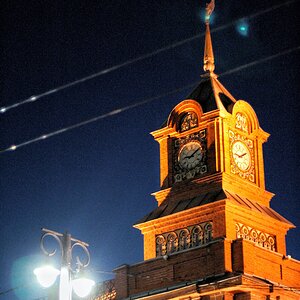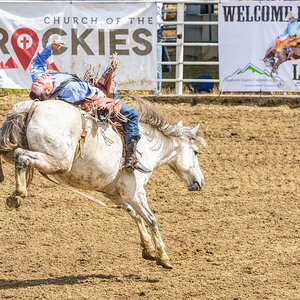Destin
Been spending a lot of time on here!
- Joined
- Sep 11, 2010
- Messages
- 3,864
- Reaction score
- 1,383
- Location
- Western New York
- Can others edit my Photos
- Photos OK to edit
Alright, so I'm sure the answer to this is pretty obvious. It may not be possible. But for once I'm drawing a blank on a lighting connection.
Here's the deal: I've been using (for football) a flash, mounted about 2 feet below my camera on a monopod (nikon sb-600, D80, zeikos ttl flash extension cord). I've got a bracket setup that will hold 2 flashes (ordering a 700 or 800 soon). Dilema: I need ttl usage, and I'd rather not use cls for this because it means having bounce cards on the flashes to get them to see the signal.
I would like a way to hardwire it in and maintain ttl capability, because manual flash is unreliable due to constantly changing subject distances. Is there a way took connect 2 flashes to the camera and maintain ttl functionality without going the CLS route?
Here's the deal: I've been using (for football) a flash, mounted about 2 feet below my camera on a monopod (nikon sb-600, D80, zeikos ttl flash extension cord). I've got a bracket setup that will hold 2 flashes (ordering a 700 or 800 soon). Dilema: I need ttl usage, and I'd rather not use cls for this because it means having bounce cards on the flashes to get them to see the signal.
I would like a way to hardwire it in and maintain ttl capability, because manual flash is unreliable due to constantly changing subject distances. Is there a way took connect 2 flashes to the camera and maintain ttl functionality without going the CLS route?




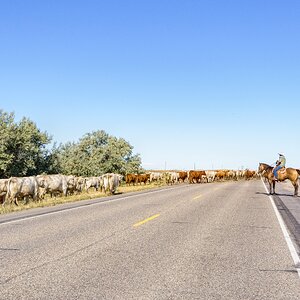
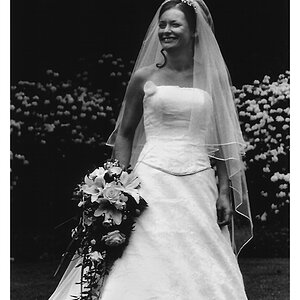
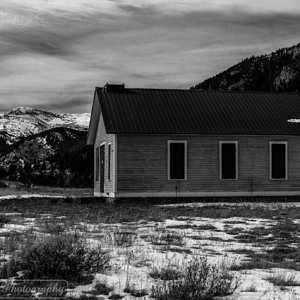
![[No title]](/data/xfmg/thumbnail/41/41784-8cbc2bbf42c1ea67cfe2f77fdd5c53ec.jpg?1619739891)

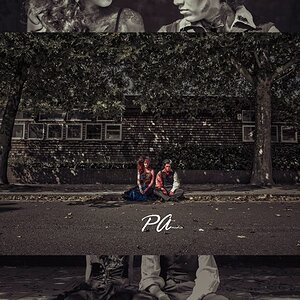
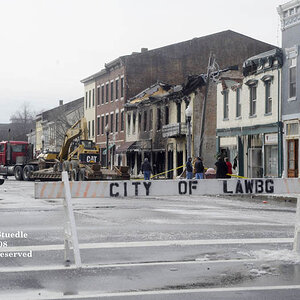
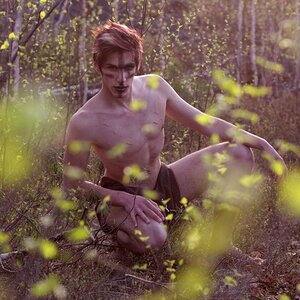
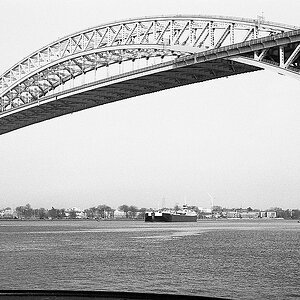
![[No title]](/data/xfmg/thumbnail/33/33362-84aacb865117bf8cba89104b89e9b36c.jpg?1619735927)
